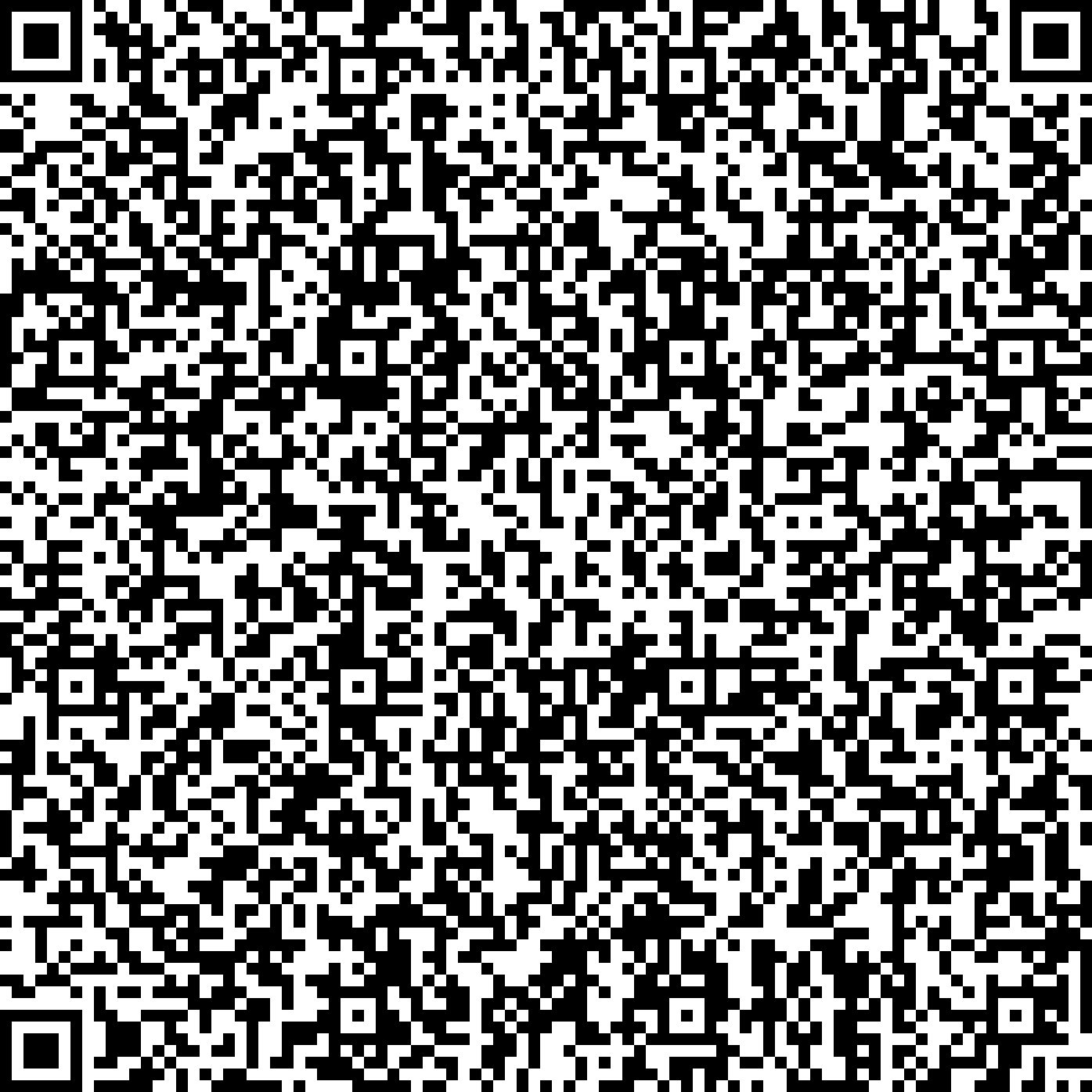

The direct wet-chemical synthesis of 2D nanomaterials yields materials with strong excitonic contribution already at room temperature and bright photoluminescence, which is favored in photonics. In my talk I will touch on recent examples on how we tailor 2D lead chalcogenide flat quantum dots and nanoplatelets with efficient photoluminescence at fiber-optics relevant telecom wavelengths for ensemble and toward single photon emitting properties. A second semiconductor class discussed will include colloidal transition metal dichalcogenide (TMDCs) monolayers, which are typically obtained via exfoliation and/or gas phase methods. I will discuss the advantages (e.g. efficient (non)linear optical properties of colloidal TMDCs like intensity tunable second-harmonic generation, high catalytic activity) and challenges (edge state-associated photoluminescence quenching) of our recent studies. Furthermore, we characterize the light-matter interactions in colloidal 2D materials with a highly accurate stopwatch – by light itself! Following the generation, fate and recombination of excited states in the materials is one of the key features in driving and explaining their photophysical processes, e.g. to the accurately describe excitonic interactions in ultrathin TMDCs. We combine our unique wet-chemistry – spectroscopy feedback loop to unravel photoexcitation- induced dynamics in highly diverse systems, which range from molecular over plasmonic to semiconducting 2D nanomaterials, which lead to innovative photonics.
Jannika Lauth studied Chemistry (focus on Physical Chemistry) at the University of Hamburg working on CuInGaSe2 nanocrystal synthesis for solar cells. During her PhD she “accidentally” synthesized her first 2D materials, ultrathin indium selenide nanosheets. For her PostDoc she moved to Applied Physics and Chemical Engineering at Delft University of Technology, where she worked a lot on time-resolved spectroscopic methods, mainly femtosecond transient absorption and time-resolved terahertz spectroscopy for studying the photophysics of colloidal 2D materials. After returning to Germany, Jannika Lauth built up an independent research group in the frame of the Cluster of Excellence at the University of Hannover since 2019 and additionally has been appointed as J.Prof. for “Ultrafast spectroscopy and optoelectronics of 2D semiconductors” at the University of Tübingen in 2022.


The direct wet-chemical synthesis of 2D nanomaterials yields materials with strong excitonic contribution already at room temperature and bright photoluminescence, which is favored in photonics. In my talk I will touch on recent examples on how we tailor 2D lead chalcogenide flat quantum dots and nanoplatelets with efficient photoluminescence at fiber-optics relevant telecom wavelengths for ensemble and toward single photon emitting properties. A second semiconductor class discussed will include colloidal transition metal dichalcogenide (TMDCs) monolayers, which are typically obtained via exfoliation and/or gas phase methods. I will discuss the advantages (e.g. efficient (non)linear optical properties of colloidal TMDCs like intensity tunable second-harmonic generation, high catalytic activity) and challenges (edge state-associated photoluminescence quenching) of our recent studies. Furthermore, we characterize the light-matter interactions in colloidal 2D materials with a highly accurate stopwatch – by light itself! Following the generation, fate and recombination of excited states in the materials is one of the key features in driving and explaining their photophysical processes, e.g. to the accurately describe excitonic interactions in ultrathin TMDCs. We combine our unique wet-chemistry – spectroscopy feedback loop to unravel photoexcitation- induced dynamics in highly diverse systems, which range from molecular over plasmonic to semiconducting 2D nanomaterials, which lead to innovative photonics.
Jannika Lauth studied Chemistry (focus on Physical Chemistry) at the University of Hamburg working on CuInGaSe2 nanocrystal synthesis for solar cells. During her PhD she “accidentally” synthesized her first 2D materials, ultrathin indium selenide nanosheets. For her PostDoc she moved to Applied Physics and Chemical Engineering at Delft University of Technology, where she worked a lot on time-resolved spectroscopic methods, mainly femtosecond transient absorption and time-resolved terahertz spectroscopy for studying the photophysics of colloidal 2D materials. After returning to Germany, Jannika Lauth built up an independent research group in the frame of the Cluster of Excellence at the University of Hannover since 2019 and additionally has been appointed as J.Prof. for “Ultrafast spectroscopy and optoelectronics of 2D semiconductors” at the University of Tübingen in 2022.